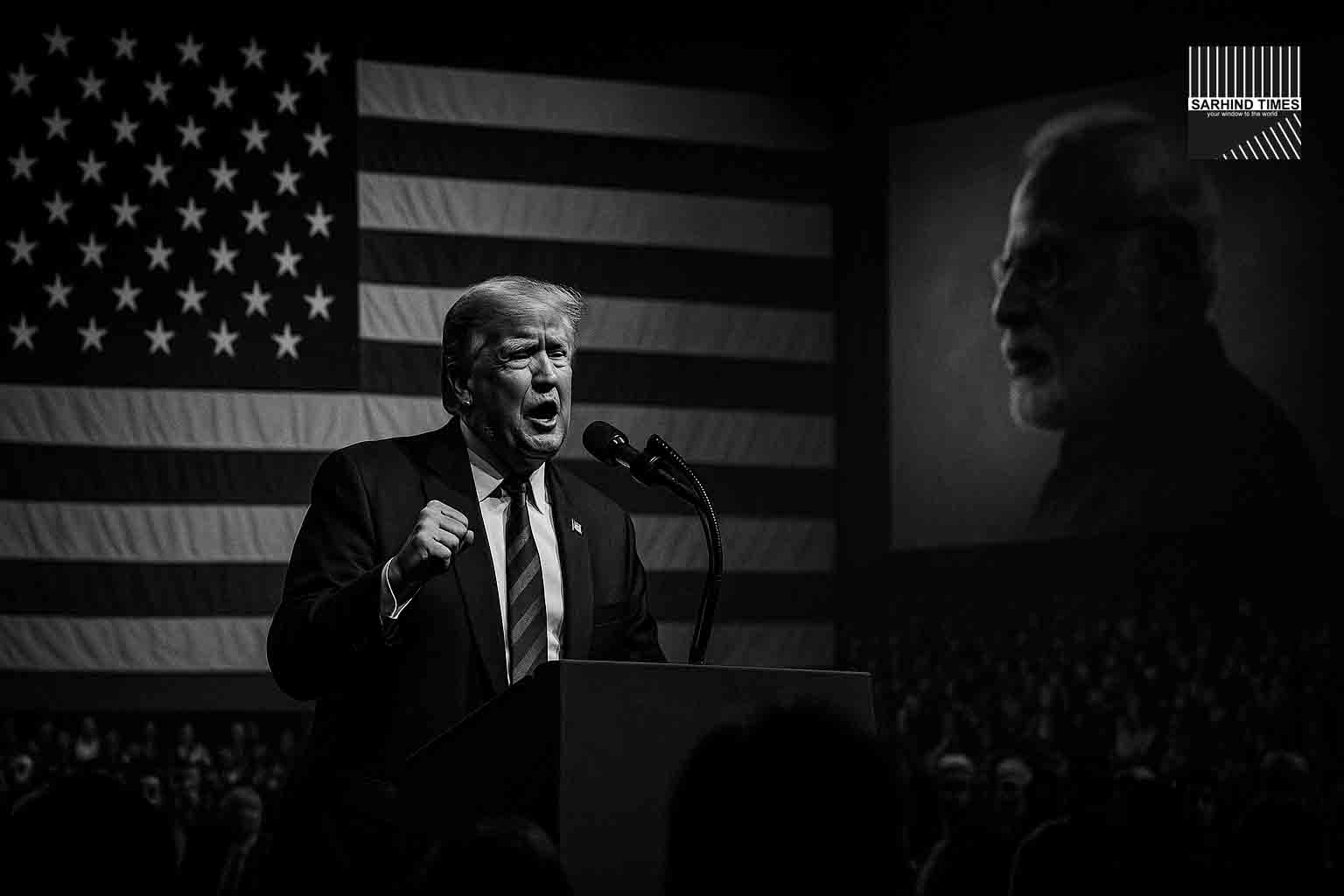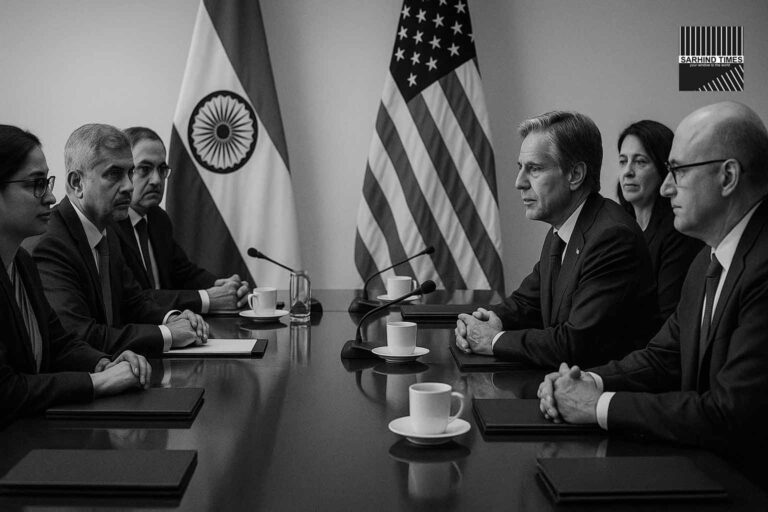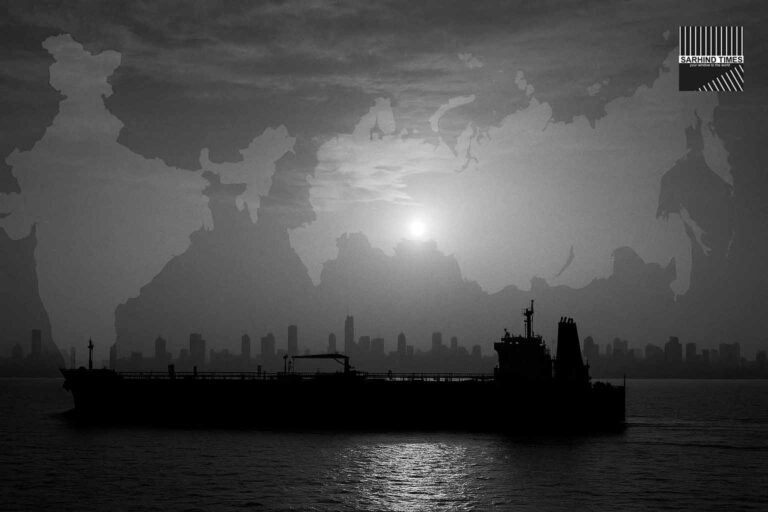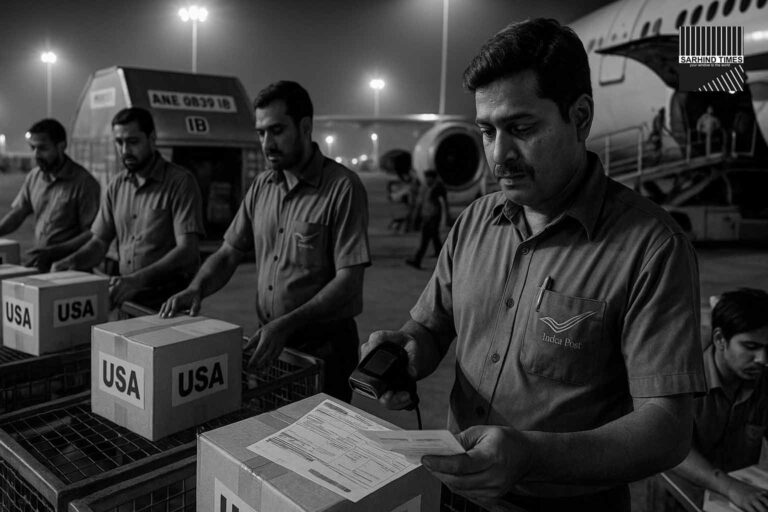19 Sep 2025
Campaign Trail Meets Global Diplomacy
Donald Trump’s election-season remarks once again turned the spotlight on US-India relations. Speaking to supporters, the former US President said he was “very close” to Prime Minister Narendra Modi but had also imposed sanctions on India “when necessary.” The comment encapsulates Trump’s familiar style of mixing personal rapport with claims of transactional toughness—positioning himself as a hard-nosed dealmaker even with partners.
The remarks come at a time when Washington and New Delhi are steadily deepening cooperation across technology, defense, and clean energy, while continuing to navigate disagreements on trade and market access.
Trump’s Style: Personal Ties, Transactional Policies
Throughout his presidency, Trump emphasized personal relationships with world leaders—from Kim Jong-un to Xi Jinping to Modi. His 2019 “Howdy, Modi!” appearance in Houston reflected unusually warm optics in the US-India partnership. Yet his administration also:
- Imposed tariffs on Indian exports after removing India from the Generalized System of Preferences (GSP).
- Pressured India on oil imports from Iran under US sanctions.
- Flagged concerns on digital and data policies.
Trump’s latest remark echoes that duality: friendship with leaders, toughness on policy.
Reading Between the Lines: Analysts Weigh In
Experts view the comment as a layered message:
- Domestic Signaling: Aimed at US voters, it frames Trump as someone unafraid to be tough on even close allies.
- Foreign Policy Reminder: It underscores that US policy toward India can shift with leadership changes, regardless of bipartisan consensus.
- Campaign Rhetoric: Part of broader contrasts Trump is drawing with the Biden administration’s foreign policy approach.
Markets, however, remained unaffected, focusing on domestic economic cues rather than rhetorical jabs.
The US-India Agenda Today
Beyond campaign soundbites, the US-India partnership is at an inflection point:
- Semiconductors: Joint initiatives to diversify chip supply chains.
- Defense Co-Production: Expanding collaboration under the iCET (Initiative on Critical and Emerging Technology).
- Clean Energy: Cooperation on renewables and climate technology.
- Indo-Pacific Strategy: Strategic convergence amid China’s rise.
While trade frictions remain—especially around tariffs, market access, and digital regulation—the trajectory is toward greater alignment.
For India Inc.: A Familiar Lesson
Indian businesses and policymakers are accustomed to the oscillations of US campaign rhetoric. The takeaways:
- Diversify Markets: Reduce overreliance on the US by strengthening ties with the EU, ASEAN, and Global South.
- Hedge Supply Chains: Build resilience against sudden policy shifts or sanctions.
- Long-Term View: Trust the bipartisan foundation of US-India relations while preparing for short-term turbulence.
Diplomats’ Response: Downplay and Reassure
Indian and American diplomats typically handle such campaign remarks with restraint, emphasizing:
- Long-term partnership: US-India ties are rooted in bipartisan consensus.
- Shared interests: Both nations see strategic alignment in the Indo-Pacific.
- Continuity: Institutions and bureaucratic frameworks ensure policy steadiness across administrations.
This measured approach aims to prevent political soundbites from derailing diplomatic momentum.
Conclusion: Between Rhetoric and Reality
Trump’s comment—“close to Modi, yet sanctioned India”—is emblematic of the interplay between personal diplomacy and transactional policy. For US audiences, it bolsters his campaign narrative. For India, it is a reminder to expect variability in style but steadiness in substance.
The true story lies not in rhetoric but in the enduring reality: US-India relations are on a long-term upward curve, shaped by strategic imperatives that transcend electoral cycles.
#USIndia #Trump #Modi #Sanctions #Geopolitics #IndoPacific #Trade #Diplomacy #SarhindTimes

























+ There are no comments
Add yours